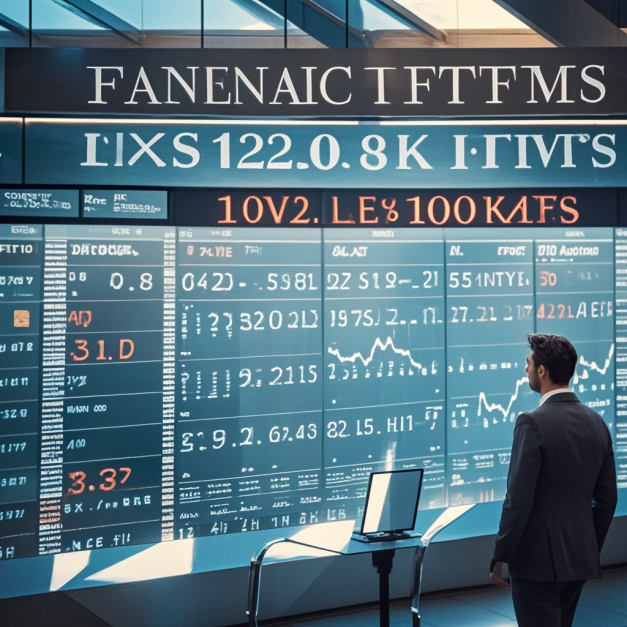UK's FTSE 100 Drops 0.32% on May 8 as Major European Indices Show Mixed Performance
London: On May 8, the FTSE 100, the average price index of 100 stocks in the London Stock Exchange, closed at 8,531.61 points, down 27.72 points from the previous trading day, a drop of 0.32%. On that day, the three major European stock indices showed mixed trends.
As a crucial indicator of the UK stock market, the FTSE 100 comprises the 100 largest companies by market capitalization listed on the London Stock Exchange, making its performance a focal point for global investors. Although the recent decline was relatively modest, it still reflects subtle shifts in market sentiment amid the current economic landscape.
From a macroeconomic perspective, uncertainties surrounding the global economic recovery and persistent geopolitical tensions have exerted pressure on financial markets. Domestically, fluctuations in inflation data and the trajectory of interest rate policies have also contributed to investor caution. While the UK economy has shown signs of post-pandemic recovery, challenges such as supply chain bottlenecks and labor shortages continue to weigh on businesses within the FTSE 100, impacting their operations to varying degrees.
Among the FTSE 100 constituents, sectoral performance was notably uneven. For instance, traditional energy stocks declined due to volatility in international crude oil prices, while consumer and healthcare stocks demonstrated relative stability, showcasing their defensive appeal. This suggests that investors are favoring more resilient sectors to mitigate risks during periods of market turbulence.
In contrast to the FTSE 100, the other two major European indices displayed divergent movements. France's CAC 40 rose, buoyed by optimistic earnings forecasts from leading technology and manufacturing firms, which attracted investor interest. Progress in digital transformation and global market expansion has bolstered confidence in French equities.
Meanwhile, Germany's DAX index edged lower. As Europe's largest economy, Germany's manufacturing sector faces challenges such as rising raw material costs and higher energy prices. The automotive industry, a cornerstone of the German economy, has been constrained by the global semiconductor shortage, affecting both production and sales and, consequently, the DAX's overall performance.
Market analysts attribute the mixed performance of Europe's three major indices to differences in national economic structures and industrial strengths, as well as the varying opportunities and challenges faced by economies in the global recovery process. In such a complex environment, investors must exercise greater caution in risk assessment and asset allocation.
Looking ahead, the FTSE 100's trajectory will hinge on multiple factors. If the UK government effectively addresses inflation and labor shortages while fostering sustained economic growth, the index may find support. Additionally, the pace of global recovery, monetary policy adjustments by major central banks, and geopolitical developments will significantly influence not only the UK market but also broader European financial markets. Investors should closely monitor these dynamics to make informed decisions.
